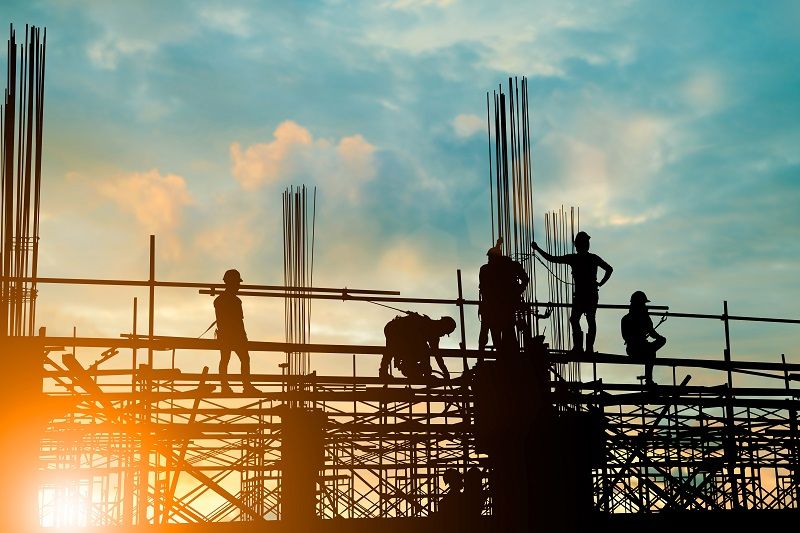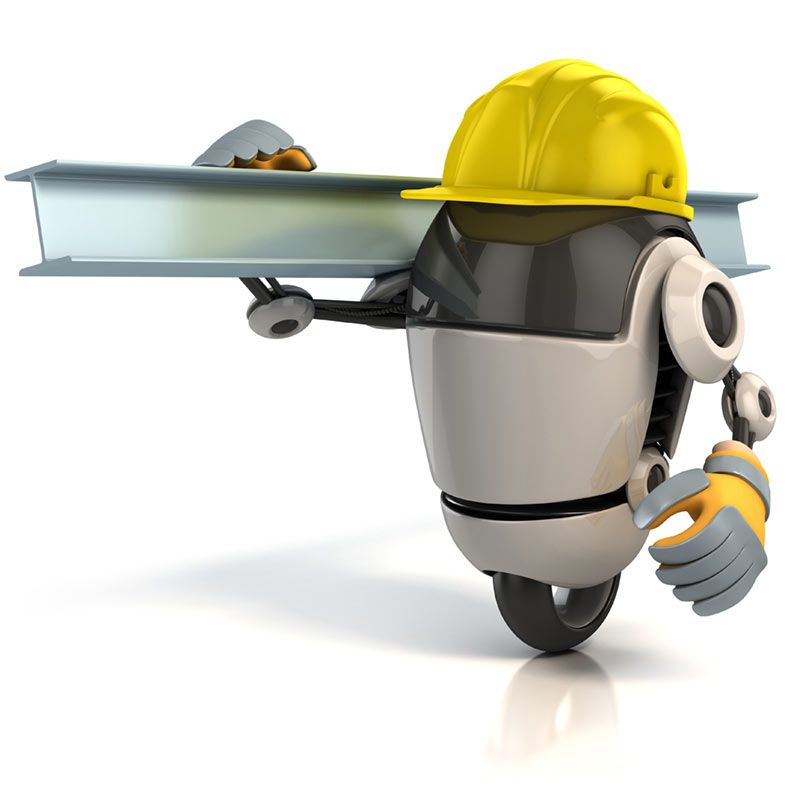Every construction project brings with it a series of unique hazards. Sure, there might be some overlap between jobs, but you shouldn’t rely on guesswork. Construction leaders need to develop robust risk management strategies that put their companies in the best position to respond to and overcome these hurdles. These tips can help lower your exposure.
1. Identify potential risks.
The first step of any comprehensive risk management strategy is defining the potential risks involved. Anything that could interfere with the completion of a project in a timely, cost-effective, or safe manner could be identified as a risk. Compliance problems, delays, safety concerns, budgetary mishaps, and design issues are all possible examples. Carefully analyze the specifics at the onset of every project to identify potential risks.
2. Prioritize those risks.
Not every risk carries the same weight. Some will be more pressing than others due to their timing, likelihood, cost, or other pressing factors. After outlining a project’s vulnerabilities, you’ll need to determine the most pressing risks. This will make it easier to allocate limited resources, speed up decision-making times, and clarify responsibilities across team levels if (and when) those issues arrive.
3. Develop a response.
If you want to handle riskier projects successfully, you’ll need to address liabilities right away. Waiting until all hell breaks loose simply dooms your project to failure. Keep in mind the goal isn’t to eliminate the risk entirely (unless that’s possible!). In most cases, you’ll have to settle for risk mitigation. Identify the steps that can take to decrease the chances or severity of the threat. Set the plan in motion by assigning roles, setting timelines, and communicating expectations.
4. Inform stakeholders.
Once you’ve clearly defined risks, prioritized responses, and created a plan, it’s time to share your findings with all stakeholders. This includes employees, clients, contractors, and suppliers. Being upfront about these risks gives you ample time to deal with concerns, questions, and input from others involved. If you wait until disaster strikes, you’ll be overwhelmed by feedback from stakeholders which only slows down your response time.
Further Reading: How to Improve Onsite Collaboration
5. Monitor the risks.
A risk management strategy is only effective if it lasts the duration of the project. That’s why you’ll need to set up a monitoring apparatus to keep track of various hazards throughout the job’s lifecycle. Ongoing risk assessment should evaluate the everchanging timeline, likelihood, and impact of any given vulnerability. These variables inevitably change as the project develops. You might even identify entirely new risks during this period of evaluation.
6. Readjust your strategy.
Monitoring a project’s evolving liabilities gives you all the insights you need to readjust your mitigation strategies accordingly. There’s no steadfast rule regarding how often you should change your approach in light of new information. If you start noticing an increase in the chance, severity, or timeline of a risk, take that as a sign to make some adjustments. How many times should you switch up your strategy? As many times as needed!
7. Learn from the past.
When you’ve been around the horn a few times, you’re better equipped to handle risks in a sophisticated, cost-effective, and efficient way. Every project you take on is an opportunity to refine and improve your risk management strategy moving forward. Based on your experience, you might decide to take more time between projects, focus more on hiring, or be more picky about the clients you choose. Regardless, you should always be looking for ways to improve your company’s ability to handle risks.
The biggest risk construction leaders face is going into a project without the right team! That’s where the expert staffers at Madden Craftsmen come in handy. For decades, we’ve helped leading industrial companies (just like yours!) find the most qualified craftsmen. You can fill out a job order to get matched with talented candidates right away. Please contact us if you have any questions.




